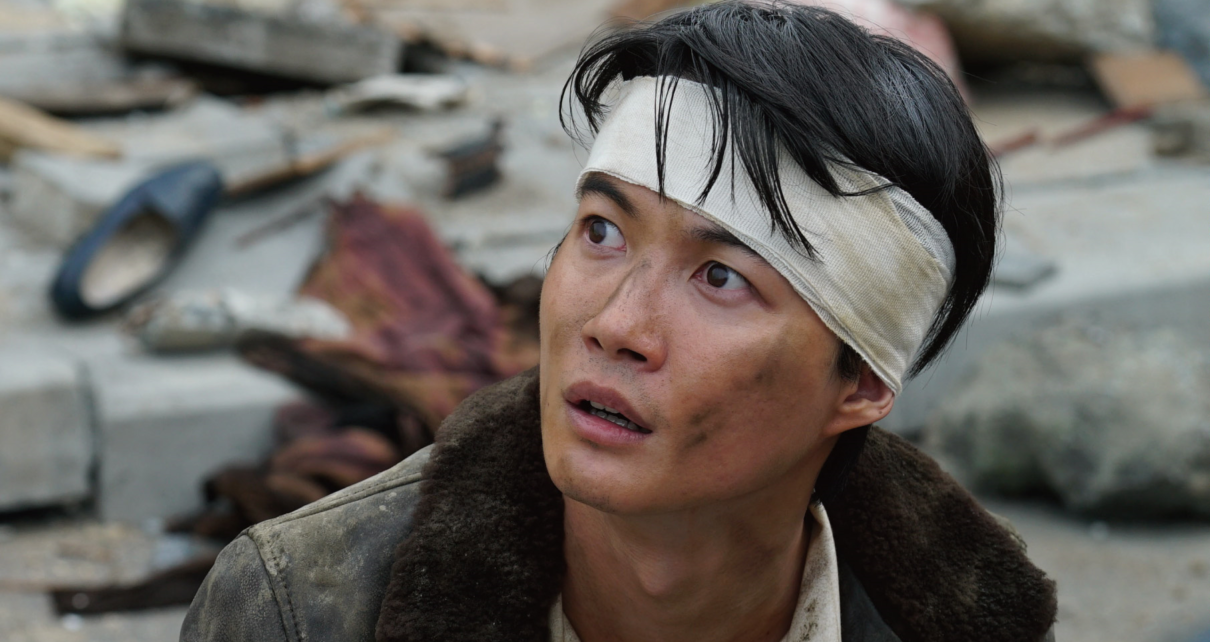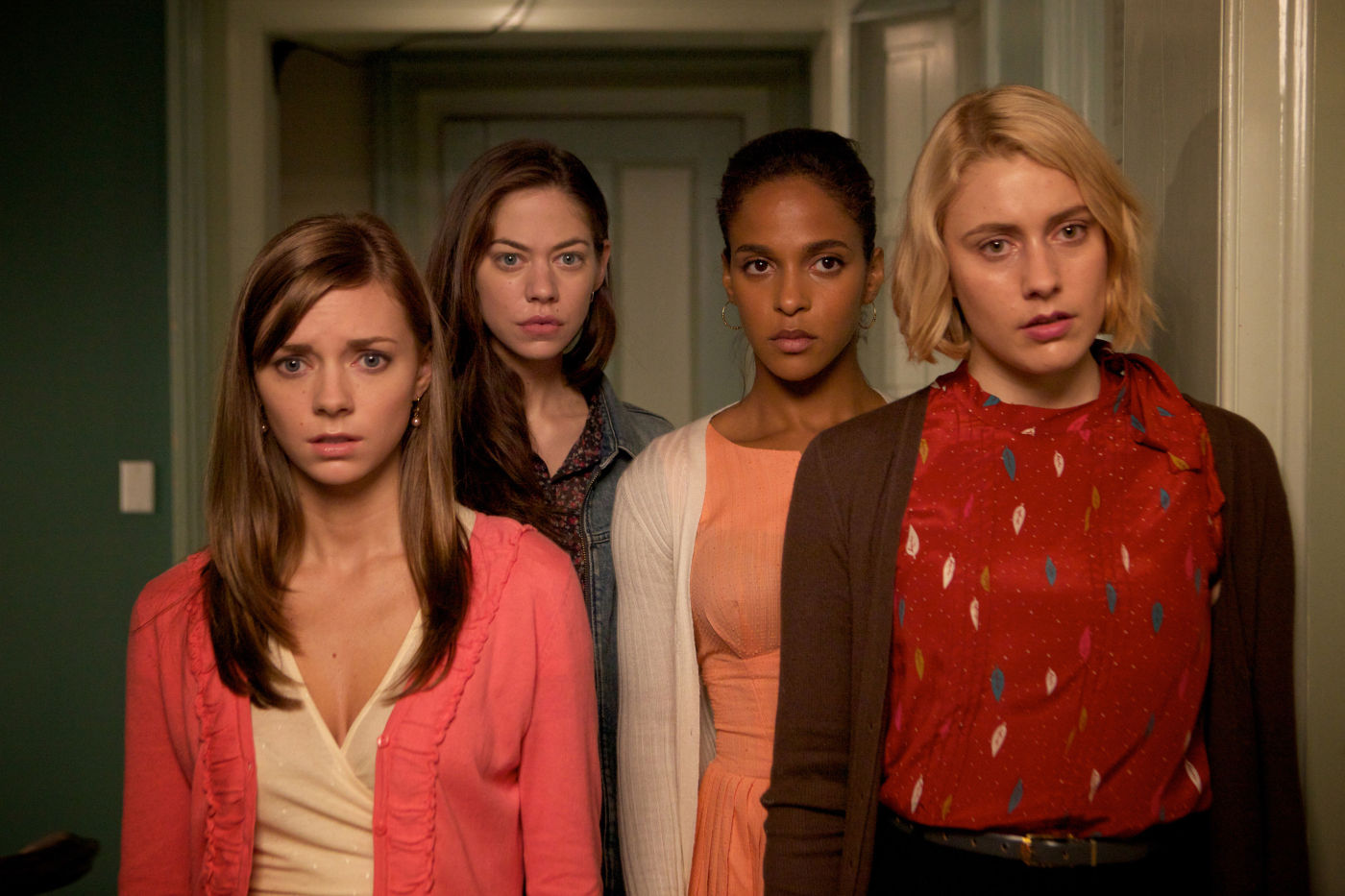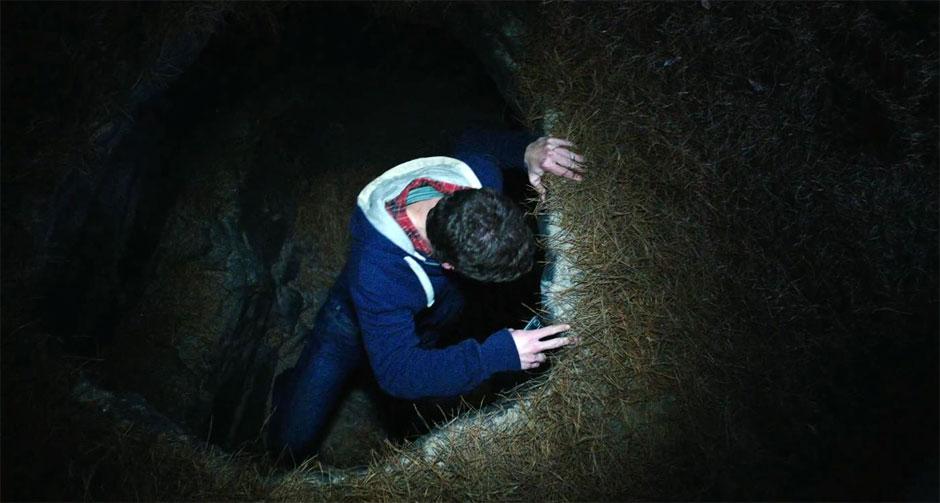When I was a kid, I loved a good monster movie. But I only liked the monster; the people were boring, one-dimensional. They were the commercial timeouts of a football game, the farm report before Saturday cartoons started up, the brussels sprouts you had to eat before you could get dessert. Every Godzilla movie was a training ground for the patience that makes one an adult; you had wait to get to the good stuff.
This is the wrong way of looking at monster movies. It took me until now to understand this, but I got there eventually thanks to Godzilla Minus One, a fabulous and fairly unique addition to the genre. My thought now is that if the monster is the only redeeming feature of the film, the producers have made a film for eight-year-old boys. There’s nothing wrong with that; eight-year-old boys deserve to be the target audience from time-to-time, but once I get beyond the age of eight, don’t expect me to heap praise upon Godzilla vs. Kong, knowhatI’msayin’?
First and foremost, Godzilla Minus One is about a man, not a monster. Kōichi Shikishima (Ryunosuke Kamiki) is a Japanese kamikaze pilot at the end of WWII. Instead of carrying out a suicide mission, he feigns plane trouble and lands on the small Pacific island of Odo where several air crew members essentially accuse him of desertion. That night, Godzilla, a powerful atomic birth defect in the form of giant dinosaur, appears and starts killing. Like really killing.
Oh, I’m likin’ this film already. So many movies have been on the fence about whether Godzilla is villain or hero, and it almost all stems from the fact that Godzilla “doesn’t mean to kill humans” (cuz it almost never does despite the wanton destruction the beast creates in every film). Here, Godzilla shows up clearly munchin’ and flingin’ these undersized human nuggets. We even see an impressive body count afterwards. Godzilla Minus One is definitely a villain. First two nuclear bombs and now this?! Haven’t the Japanese endured enough? Yikes.
During the Odo attack, Kōichi has a chance to level the playing field by operating the guns in his fighter at the beast. He freezes up and Godzilla trashes the place. Kōichi survives the attack, but is shamed forever and feels like he’s living on borrowed time, twice. Kōichi returns home to find less a village than the sprawling garbage heap that used to be a village. His parents are dead, and -owning one the few upright structures still in existence- Kōichi immediately attracts a woman and a baby. The woman. Noriko (Minami Hamabe) is homeless; the orphaned baby is not hers. In the wake of a devastating war, this is a family.
And this marked the very first time I cried in a monster movie. That was not an expectation going in, of course. Yet, as the year turns to 1946, nothing struck me as sadder than the fact that the baby calls Kōichi “dada,” but he won’t respond in kind. Kōichi is a deserter riddled with survivor’s guilt and PTSD. He can neither acknowledge Noriko nor the baby as family for he deserves nothing in this life. In fact, he vows that the only way to justify his current existence is if he can sacrifice it to kill Godzilla.
My, that’s deep and dark, huh? Are you sure this comes from the same people who scream en masse, “it’s Godzilla! Run!” And yet, there is an understanding here that this is how monster films ought to be. If all you care about tis the monster, there’s not much there to take home.
Meanwhile, the infant Godzilla -practically an afterthought- is now thrice as big, headed for Tokyo, soon to be his favorite stomping grounds, and has developed both spontaneous regenerative powers and magical fire breath (like Brian Boitano). Kōichi, now a gunner on a minesweeper, has another encounter with Godzilla which fares no better than the first. The “lizard” appears massive, angry, and indestructible.
powers and magical fire breath (like Brian Boitano). Kōichi, now a gunner on a minesweeper, has another encounter with Godzilla which fares no better than the first. The “lizard” appears massive, angry, and indestructible.
Has anyone pointed out what an evolutionary miracle this thing is? Godzilla can live in water, live on land, regenerate and heal at will, developed an impressive new weapon when it needed one and even learned to walk upright. What lizard does that? Seriously? Spider-powers? Pfft. Gimme the juice that turns me into Godzilla.
Back to the film, Godzilla Minus One is so moving one might forget temporarily that you’re watching a monster movie. Oh, but this is a good monster movie, too … not only demonstrating the indestructibility of the creature, but also invoking past Godzilla ventures. Godzilla Minus One, for instance, revisits a train-eating scene film historians might recall, but this time feels, how shall I put this? Real. Real train. Real peril. Not a guy in a rubber suit with a Lionel set.
I won’t call Godzilla Minus One a perfect film (was Plan B to give Godzilla the bends?) but it’s a damn good one and among my favorites of 2023. I think Godzilla Minus One would make an excellent pairing on the back end of Oppenheimer, sort of a “here’s the bomb and here are the consequences” kind of thing. For as long as I’ve understood film as I do, Godzilla has been little more than a metaphor for the recklessness of the nuclear age. Godzilla Minus One is something bigger and deeper. I’ve never cried at a monster movie before and I haven’t enjoyed one to this extent since Tremors. This is now the model for all future monster movies; whether they follow the pattern or give us stock, forgettable, cookie-cutter human characters is up to the movie makers of the future.
There once was a kamikaze pilot
Self-downed on a recuperation islet
At night horror came
Leaving our hero in shame
Now there’s no more to life but revile it
Rated PG-13, 124 Minutes
Director: Takashi Yamazaki
Writer: Takashi Yamazaki
Genre: You won’t believe this
Type of being most likely to enjoy this film: Film historians
Type of being least likely to enjoy this film: This IS a Godzilla film. You already know whether or not you will watch a Godzilla movie



